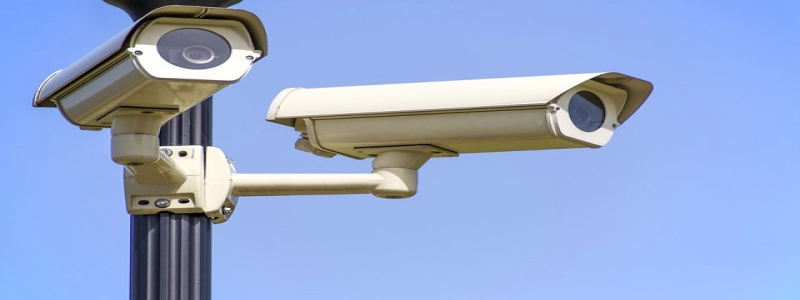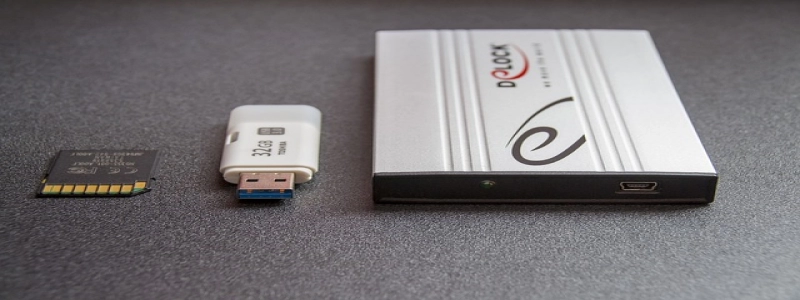Antenna Connectors Types
Introduction:
In the field of telecommunications, antenna connectors play a vital role in establishing a secure and efficient connection between antennas and other electronic devices. Different types of antenna connectors have been developed to cater to various needs and requirements. In this article, we will explore some of the most commonly used antenna connectors and their features.
I. SMA Connector:
SMA stands for SubMiniature version A and is a popular type of antenna connector. It is commonly used in devices operating within the frequency range of 0-18 GHz. The SMA connector is known for its compact size and excellent performance. It features a threaded coupling mechanism, allowing secure connections even in high-vibration environments. The SMA connector is widely used in wireless communication systems, GPS devices, and various other applications.
II. N Connector:
The N connector is a robust and weather-resistant antenna connector commonly used in outdoor applications. It supports a frequency range of 0-11 GHz and offers excellent electrical performance. The N connector utilizes a threaded coupling mechanism, making it suitable for high-power applications where a secure connection is crucial. Due to its durability and versatility, the N connector is widely used in cellular base stations, Wi-Fi equipment, and radio communication systems.
III. BNC Connector:
The BNC connector, short for Bayonet Neill-Concelman, is widely used in video and audio applications. It features a bayonet coupling mechanism, allowing for quick and secure connections. The BNC connector supports a frequency range of 0-4 GHz and is known for its ease of use and reliable performance. In addition to video and audio applications, the BNC connector is also used in test equipment, oscilloscopes, and CCTV systems.
IV. TNC Connector:
The TNC connector, or Threaded Neill-Concelman connector, is a threaded version of the BNC connector. It offers the same electrical performance as the BNC connector but provides a more secure connection in high-vibration environments. The TNC connector supports a frequency range of 0-11 GHz and is commonly used in military equipment, aerospace applications, and high-frequency communication systems.
V. F Connector:
The F connector is primarily used in television and cable applications. It features a screw-on coupling mechanism, making it easy to install and remove. The F connector supports a frequency range of 0-2 GHz and offers excellent signal transmission capabilities. Its simplicity and cost-effectiveness have made it the standard connector for cable TV connections, satellite systems, and broadband internet installations.
Conclusion:
When it comes to antenna connectors, there is a wide variety available, each catering to specific needs and applications. In this article, we explored some of the most commonly used antenna connectors, including SMA, N, BNC, TNC, and F connectors. The choice of antenna connector depends on factors such as frequency range, environment, and required performance. By understanding the features and capabilities of different antenna connectors, individuals can make informed decisions while selecting the appropriate connector for their specific requirements.








